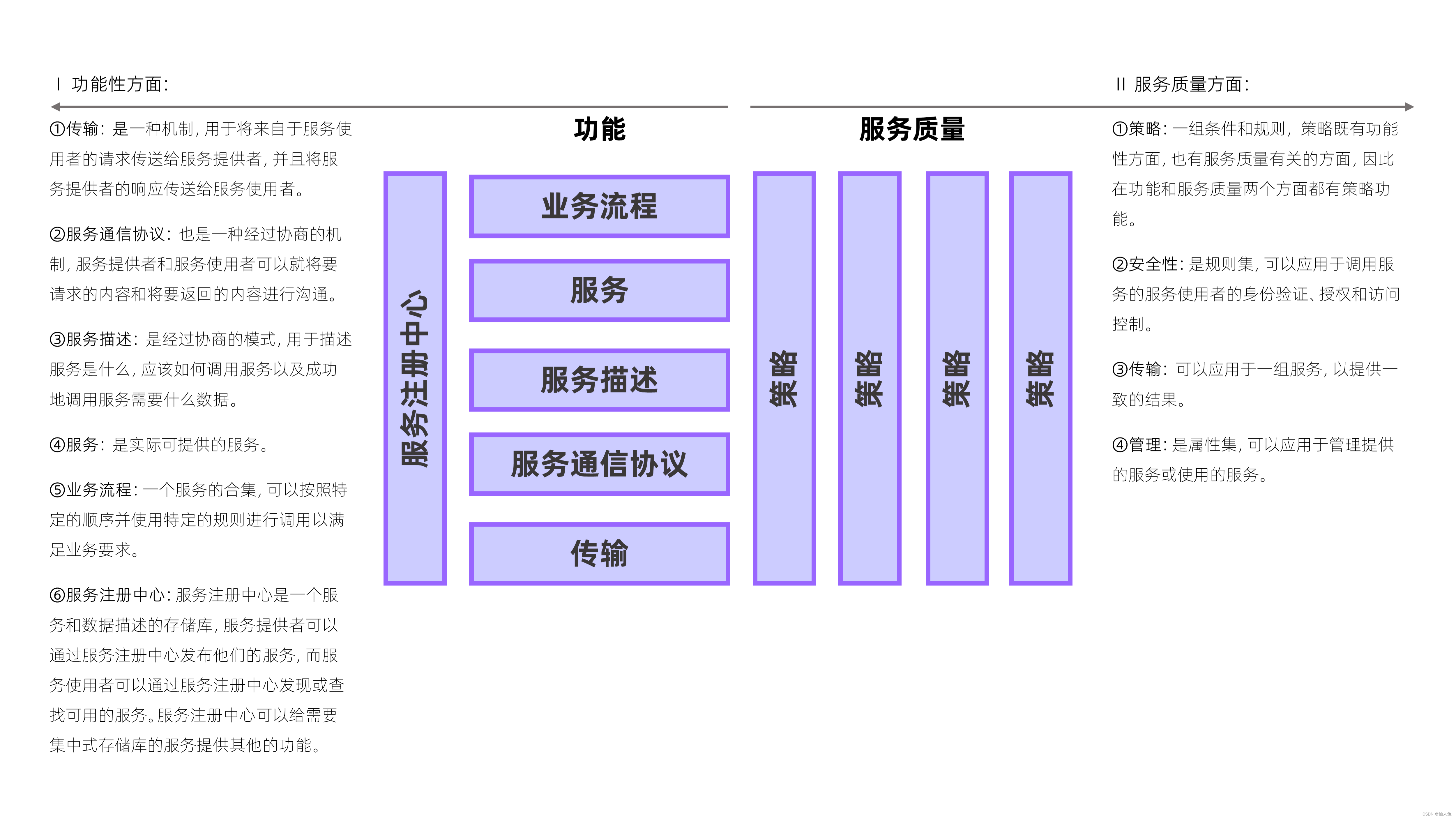MySQL 向 GraphQL 迁移
GraphQL是一个开源的图形数据库(基于Node.js实现),中文文档。
·
GraphQL 是一个开源的图形数据库(基于 Node.js 实现), 中文文档: https://graphql.js.cool/
sequelize-auto 将 MySQL 数据库转变成模型
[node] sequelize-auto -h <host> -d <database> -u <user> -x [password] -p [port] --dialect [dialect] -c [/path/to/config] -o [/path/to/models] -t [tableName] -C
参数:
-h, --host 主机地址 [必须]
-d, --database 数据名 [必须]
-u, --user 用户名
-x, --pass 密码
-p, --port 端口号
-c, --config 配置文件,参考: https://sequelize.readthedocs.org/en/latest/api/sequelize/
-o, --output 输出目录
-e, --dialect 数据库引擎: postgres, mysql, sqlite
-t, --tables 需要导入的表
-T, --skip-tables 需要排除的表
-C, --camel 使用用驼峰命名法
-n, --no-write 不需要写入文件
-s, --schema 数据库结构
使用数据模型
这里是生成的一个示例模型:
/* jshint indent: 2 */
module.exports = function (sequelize, DataTypes) {
return sequelize.define(
'd_user',
{
uid: {
type: DataTypes.INTEGER(11).UNSIGNED,
allowNull: false,
primaryKey: true
},
username: {
type: DataTypes.STRING(16),
allowNull: false,
defaultValue: ''
},
mobile: {
type: DataTypes.STRING(16),
allowNull: false,
defaultValue: ''
},
email: {
type: DataTypes.STRING(32),
allowNull: false,
defaultValue: ''
},
password: {
type: DataTypes.STRING(32),
allowNull: false,
defaultValue: ''
},
salt: {
type: DataTypes.STRING(8),
allowNull: false,
defaultValue: ''
},
updatedAt: {
type: DataTypes.INTEGER(10).UNSIGNED,
allowNull: false
}
},
{
tableName: 'user'
}
);
};
创建数据库模型:
const Sequelize = require('sequelize');
const Db = new Sequelize('数据库名', '用户名', '密码', {
host: 'localhost',
dialect: 'mysql'
});
const User = Db.define(
'user',
{
uid: {
type: Sequelize.INTEGER(11).UNSIGNED,
allowNull: false,
primaryKey: true
},
username: {
type: Sequelize.STRING(16),
allowNull: false,
defaultValue: ''
},
mobile: {
type: Sequelize.STRING(16),
allowNull: false,
defaultValue: ''
},
email: {
type: Sequelize.STRING(32),
allowNull: false,
defaultValue: ''
},
password: {
type: Sequelize.STRING(32),
allowNull: false,
defaultValue: ''
},
salt: {
type: Sequelize.STRING(8),
allowNull: false,
defaultValue: ''
}
},
{
tableName: 'user',
// 取消默认的时间戳, 否则会报 createdAt 不存在错误
timestamps: false
}
);
Db.sync();
module.exports = {
Db,
User
};
graphql-sequelize 转换 MySQL -> GraphQL 结构
const { GraphQLObjectType, GraphQLSchema, GraphQLList, GraphQLInt, GraphQLString } = require('graphql');
const { attributeFields, resolver } = require('graphql-sequelize');
const { Db, User } = require('./db');
userType = new GraphQLObjectType({
name: 'User',
description: 'A user',
fields: attributeFields(User)
});
const Query = new GraphQLObjectType({
name: 'Query',
description: 'Root query object',
fields: () => {
return {
user: {
type: new GraphQLList(userType),
args: {
uid: {
type: GraphQLInt
},
email: {
type: GraphQLString
}
},
resolve(root, args) {
return Db.models.user.findAll({ where: args });
}
}
};
}
});
const Schema = new GraphQLSchema({
query: Query
});
module.exports = Schema;
启动服务器
const Express = require('express');
const GraphHTTP = require('express-graphql');
const Schema = require('./schema');
// Config
const APP_PORT = 3000;
// Start
const app = Express();
// GraphQL
app.use(
'/graphql',
GraphHTTP({
schema: Schema,
pretty: true,
graphiql: true
})
);
app.listen(APP_PORT, () => {
console.log(`App listening on port ${APP_PORT}`);
});

开放原子开发者工作坊旨在鼓励更多人参与开源活动,与志同道合的开发者们相互交流开发经验、分享开发心得、获取前沿技术趋势。工作坊有多种形式的开发者活动,如meetup、训练营等,主打技术交流,干货满满,真诚地邀请各位开发者共同参与!
更多推荐
 已为社区贡献3条内容
已为社区贡献3条内容








所有评论(0)